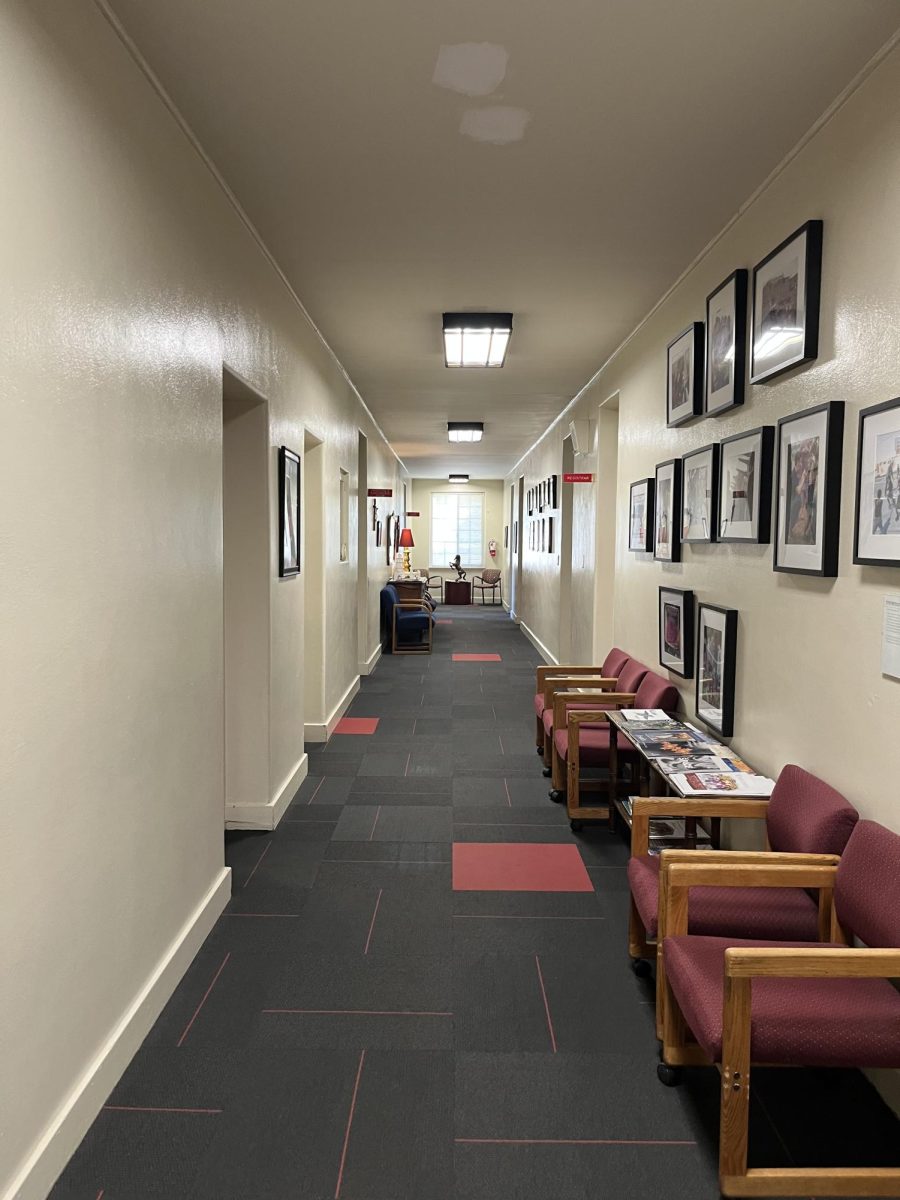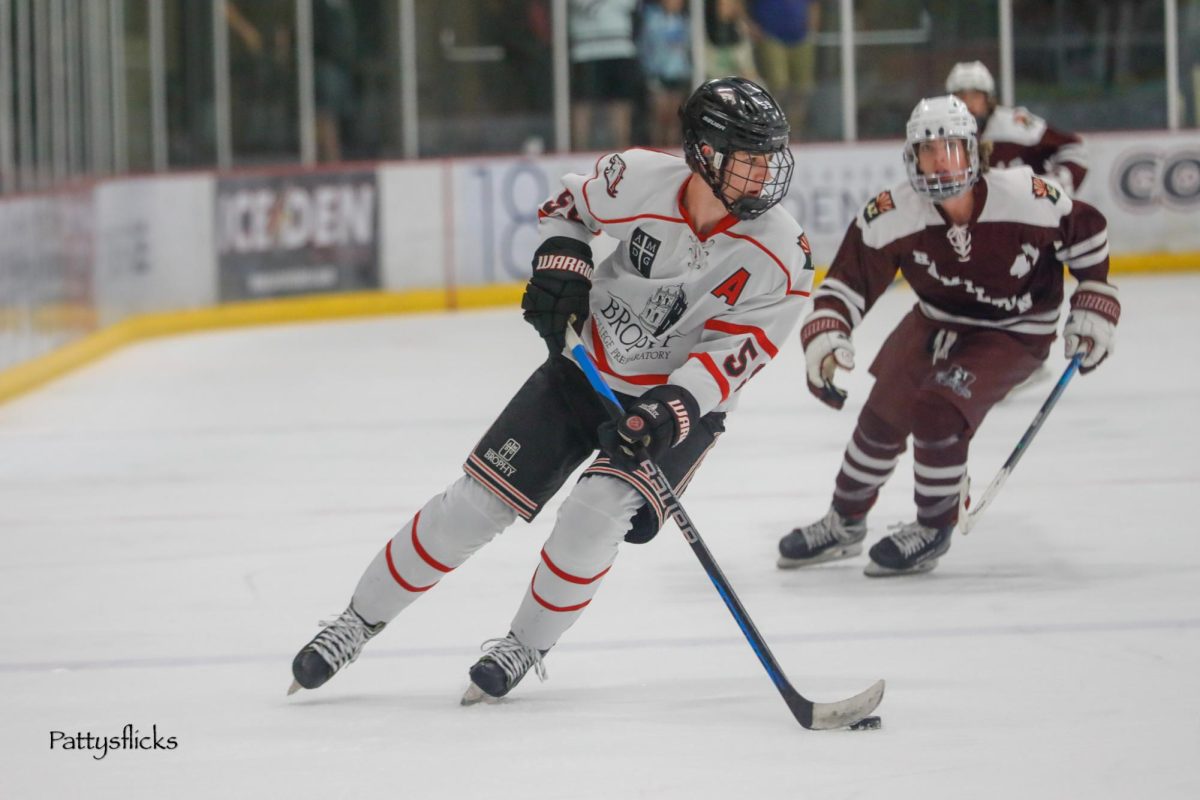Recently, the high school AIA (Arizona Interscholastic Association) changed its rules about high schoolers receiving NIL (Name Image Likeness) deals, allowing high school students to receive money in exchange for endorsing a company or brand.
This is important because young athletes often don’t know much about legal matters or the fine print of a deal, so Brophy takes extra steps to make sure the athletes are getting the best deal without jeopardizing their future or the school’s future. Coach Josh Garcia ’07 gives us an open look at what Brophy’s athletic directors do in order to make sure athletes are complying with the rules and regulations of the new NIL agreements.
Recognizing the implications of these new regulations, Brophy College Preparatory has proactively developed one main protocol to ensure compliance and support of the athletes. The main protocol is putting full responsibility for the deal on the family of the student-athlete. The name Brophy cannot be involved with the deal in any way. Athletic directors can point athletes and families in the right direction but the school cannot be involved. In the past, the AIA has strictly forbidden high school athletes from signing NIL deals for many reasons such as school policy, loss of amateur status, and the fear that the money and fame will shift attention away from school.
Garcia said, “It is strictly with that individual and as long as the school is not in the name, the school is not in the picture, then that deal is completely fine.” This means that as long as your school name, logo, and location are not used in any post or endorsement deal by a company, the deal is legal.
The recent changes in the AIA’s NIL regulations mark a significant shift in high school sports, offering new opportunities and challenges for young athletes. Brophy College Preparatory’s proactive approach to navigating these changes underscores the importance of guidance and compliance in this evolving landscape. As NIL deals become more prevalent, schools and athletes alike must remain vigilant to ensure that these opportunities enhance, rather than hinder, the educational and athletic experience. The future of high school sports will undoubtedly be shaped by how well these new dynamics are managed.









